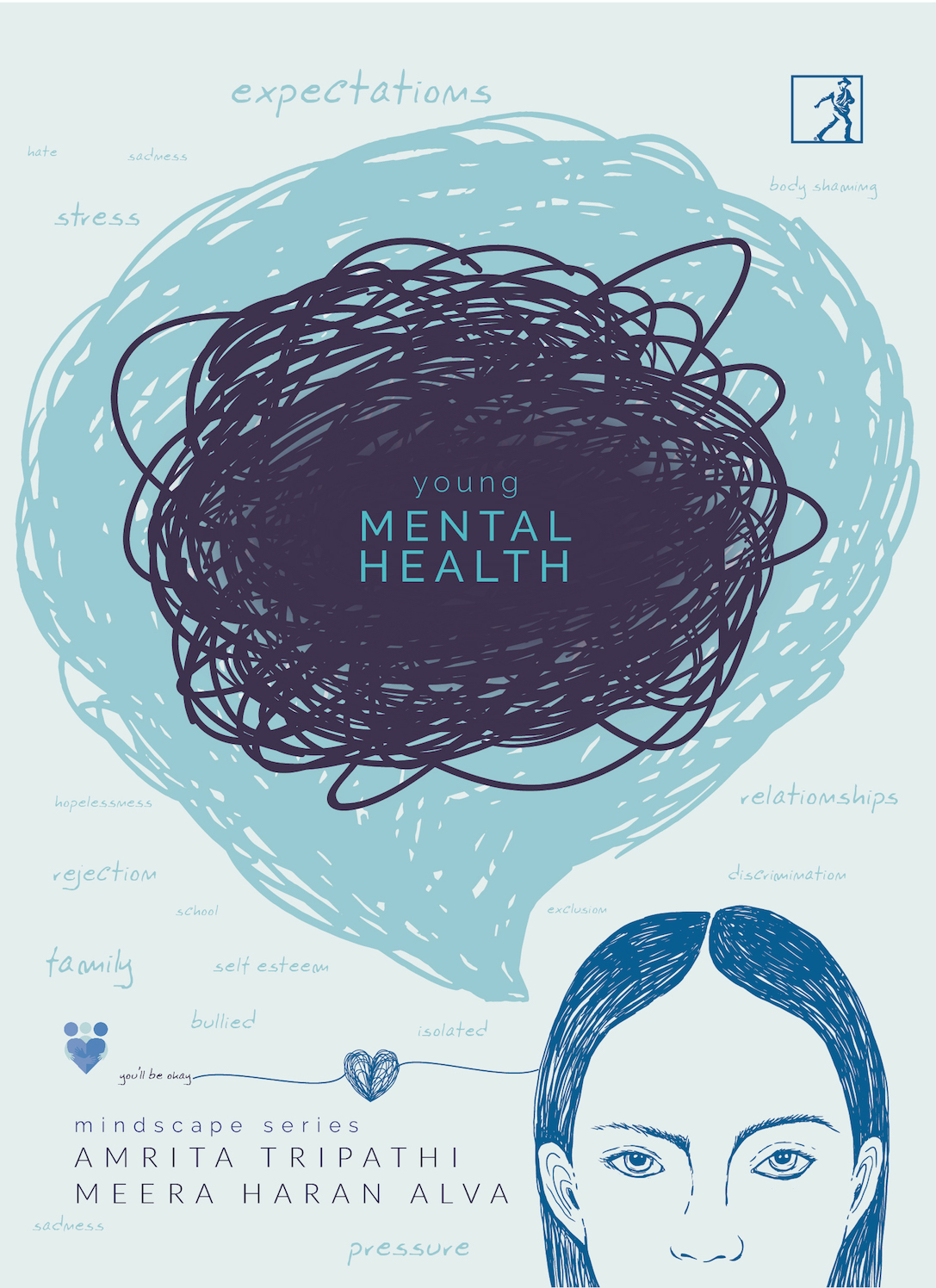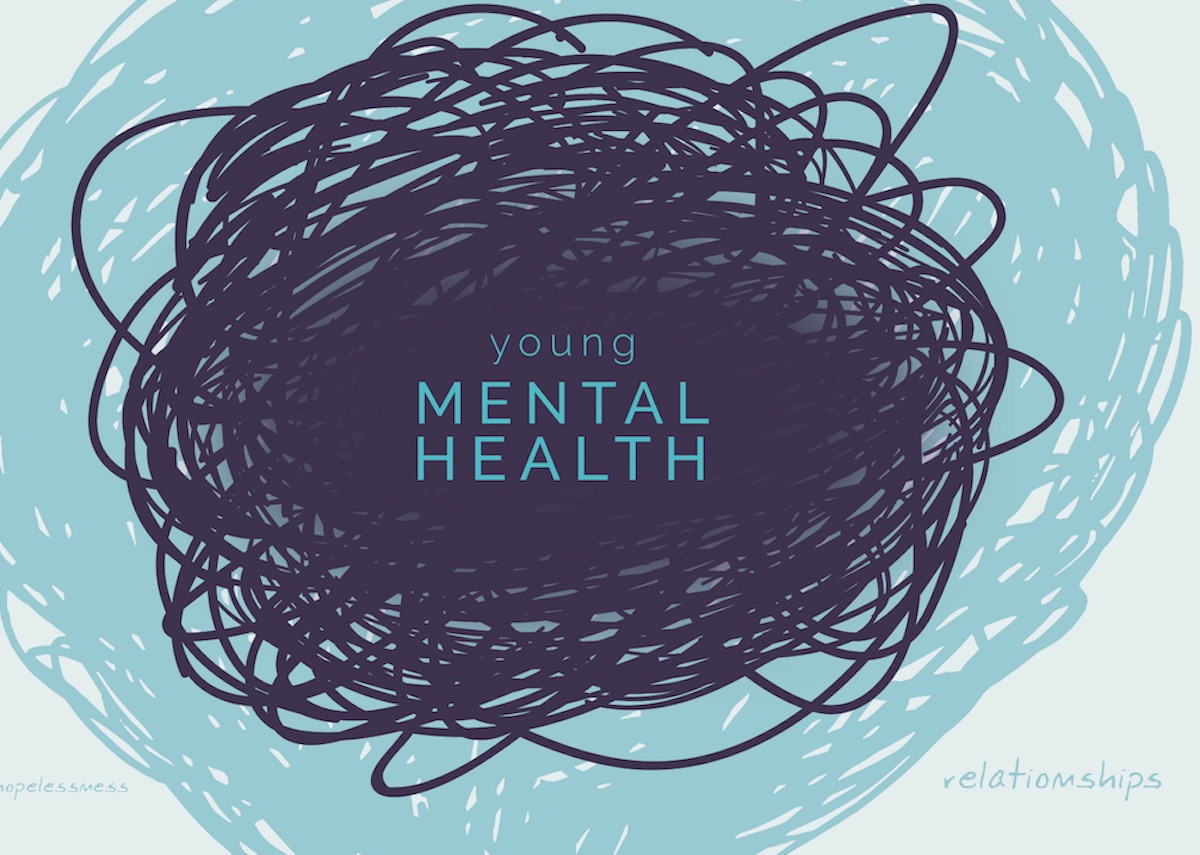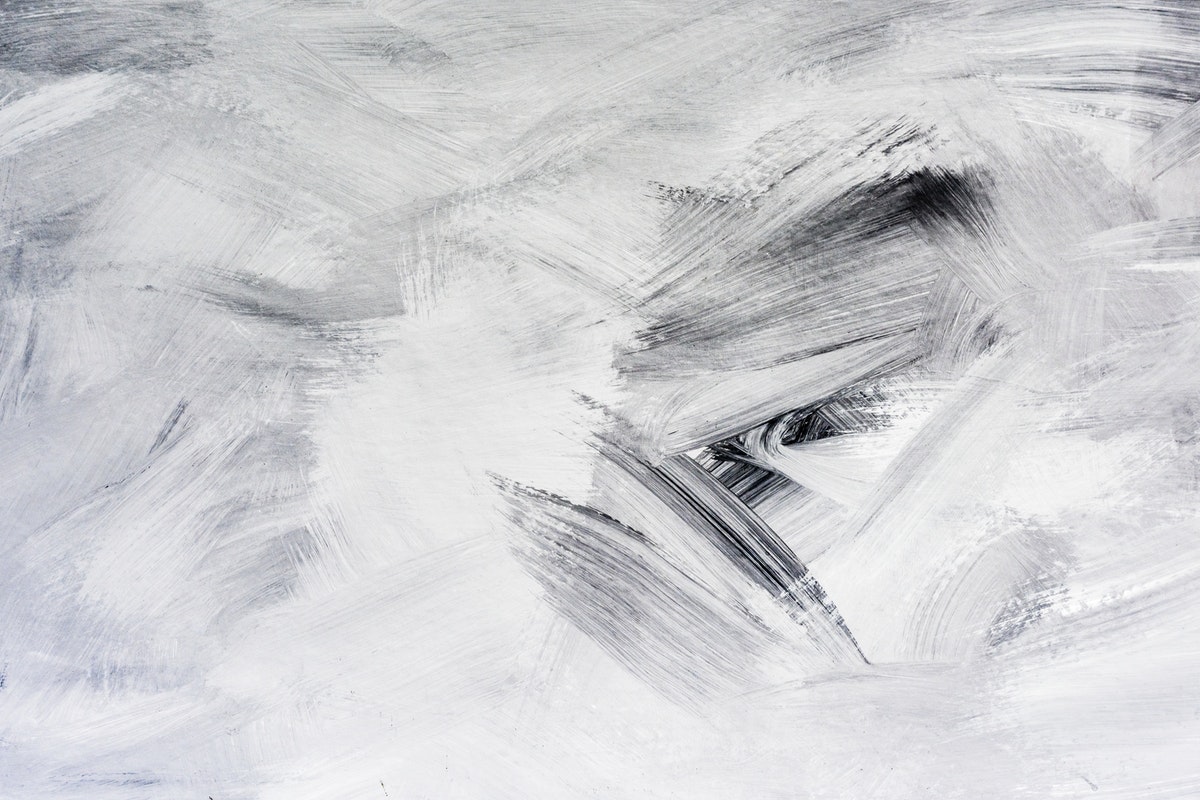Mindscape 2: Young Mental Health Book Excerpt
As you may have heard, our new book on Young Mental Health is out. It’s nothing if not a massive, collective endeavour. We wanted to share some of the insights, and the solid, moving foreword that Dr Amit Sen shared with us.

FOREWORD BY DR AMIT SEN*
I remember when I decided to pursue psychiatry after becoming a doctor and announced it to my family — my Didima/Nani (maternal grandmother), who was amongst one of my favourite persons, was aghast. ‘After all these years of hard work and toil, you want to become a pagoler dactar (Bangla for “lunatic’s doctor”)?!’ Back in the 1980s, psychiatry was a poor choice to make from every angle, whether it was social status, nancial returns, or the cynicism with which it was viewed amongst our own medical fraternity.
A lot has changed since then, not least in the way mental health problems have sky-rocketed, but much more in the way the world has started looking at it. The notion that mental illness can only happen to another person or family and not me or mine, is beginning to shift signi cantly. Rather than seeing it as an incomprehensible experience happening to the other, people have started seeing it as a realistic possibility in their own lives. Media articles and stories, testimonials from famous people, cinema, literature, poetry and music have all started expressing and highlighting it as a real life experience that could happen to anybody. Mental health professionals too have started shifting their stance increasingly, from perceiving and interpreting mental illness from a purely medical and expert- driven model to a psychosocial model that is collaborative and respectful. There is a growing understanding that trying to manage mental health dif culties in hospitals and clinics by experts is going to only touch the tip of the iceberg, and that we need to reach out to the larger community to make a broader and deeper impact.
While there have been encouraging strides in adult mental health, including the new Mental Health Care Act, 2017 in India, which is sensitive, inclusive and empowering of people suffering from mental illnesses, the children of the country have not got their due. The laws of the land, including the Juvenile Justice Act (JJ Act) 2015, and Protection of Children from Sexual Offences (POCSO) 2012, which are guided by principles of child rights and protection, are comprehensive and robust, but their implementation is woefully lacking or short-sighted and punitive. The reason for this is a poor understanding of children’s needs and the abject lack of resources, I believe. The fact that healthy mental (and physical) development of a child is a dynamic process that depends upon the complex interplay between their temperament, their ever-changing needs as they grow and the turbulent world around them, is a challenging concept to grasp. The strife-ridden socio-political imbroglio that threatens to enter our homes today, coupled with the changing family structure, urbanisation, intense competitiveness in education, the impact of social media and the prevailing uncertainty that all this creates only makes it that much more dif cult to understand.
Is it any wonder that one in four young people are now known to suffer from clinical depression before they turn 18, that cutting oneself has become a common method of expressing distress, that substance use is rampant in schools and colleges as a way of coping with stress, that body image and eating habits occupy young peoples’ minds in obsessive forms, that confusion surrounding gender and sexuality makes the young and the old take up polarised and litigious positions?
In India, the situation is particularly fractious, as we are confronted with disturbing events and statistics that shake the foundation of our collective belief that we are a family-oriented and child-centric society. How can we explain that, as a country, we have one of the highest rates of child sexual abuse if we are indeed protective of our children?! India also has one of the highest suicide rates amongst young people in the world; suicide is the number one cause of death in young people between the ages of 15 and 29 (38 per 1,00,000).
To say that the scenario is alarming would be an understatement. If we really hope that this young generation will take us to a promising future, all stakeholders will need to do something transformative to help them achieve it. What we need is a movement that will challenge institutions, revolutionise systems and change the very language that we use to speak to and about our children.
In this context, this book is timely and much-needed. The fact that it has attempted to look at child and adolescent mental health from different lenses, both expert and non-expert, is refreshing, and provides the reader various choices to align to or learn from. While it has taken from research at esteemed institutions, it has also sensitively explored the story of an adolescent struggling with sexuality and depression. Innovative models created by young therapists and community based interventions reaching out to thousands and more are insightful and exciting. The authors have been able to successfully weave together a tapestry of ideas, experiences and evolving models of prevention and care that are relevant and inspiring. Their desire to inform and passion to transform is palpable.
The biggest achievement of this book, I believe, is that it can arouse the curiosity in a sceptical adolescent as much as it can engage the cynical professional. I sincerely hope that it reaches tens of thousands, young and old, who need to go through this compelling book.
March 2020 New Delhi
*Excerpted with permission from Young Mental Health by Amrita Tripathi and Meera Haran Alva
You can Buy your copy now for an introductory discounted price




